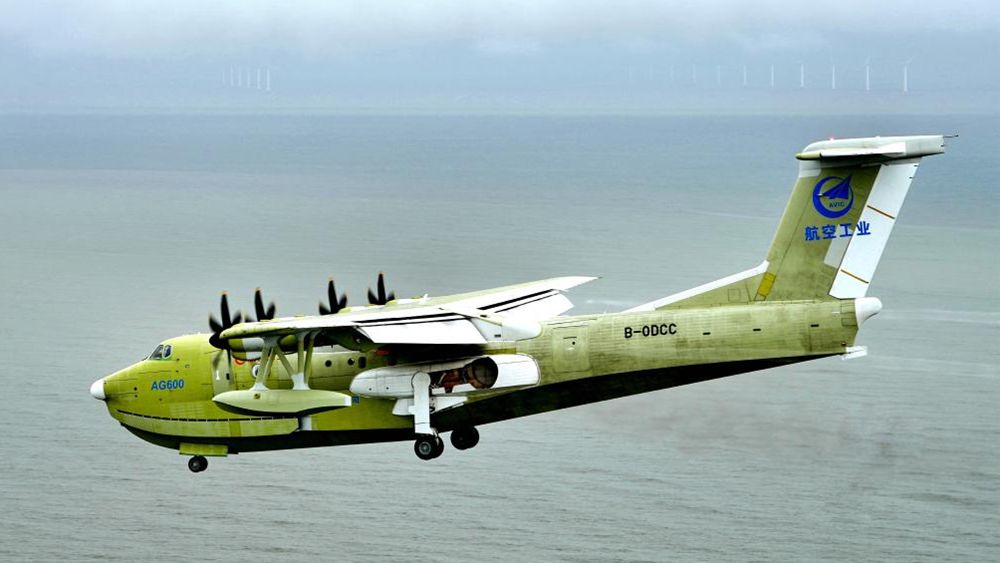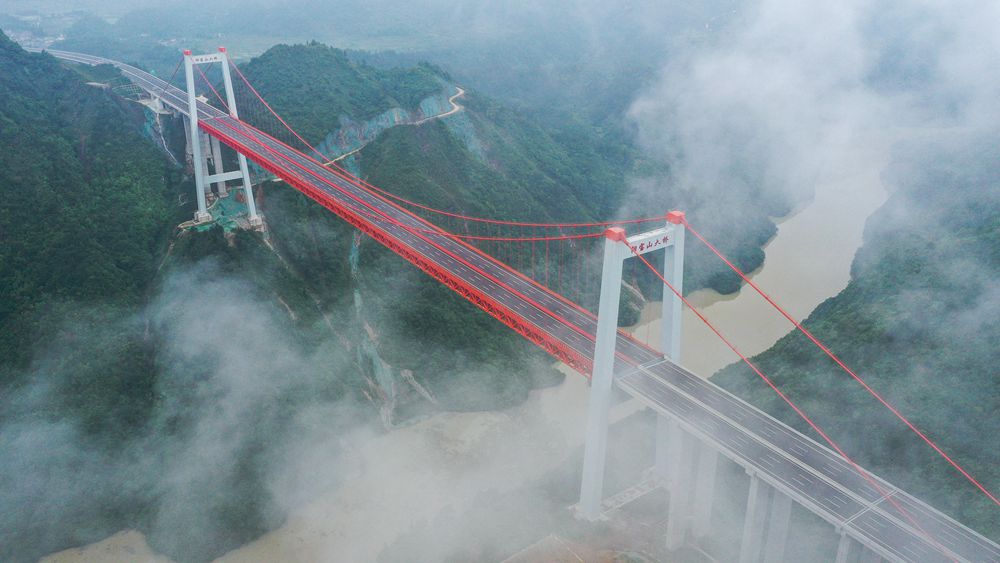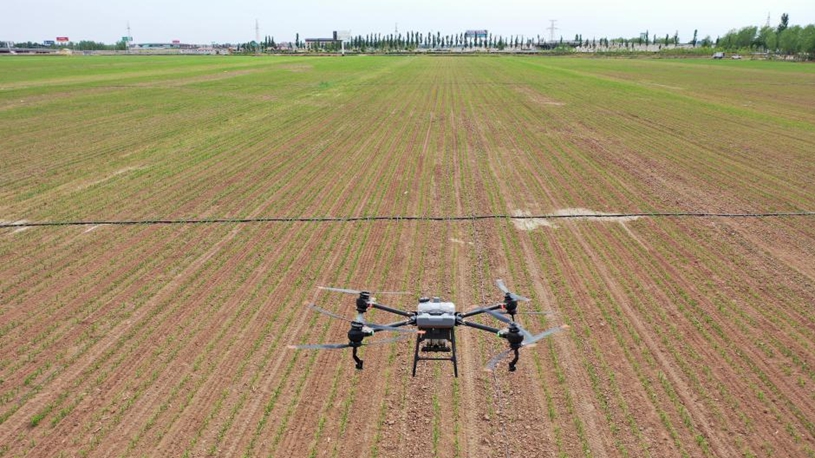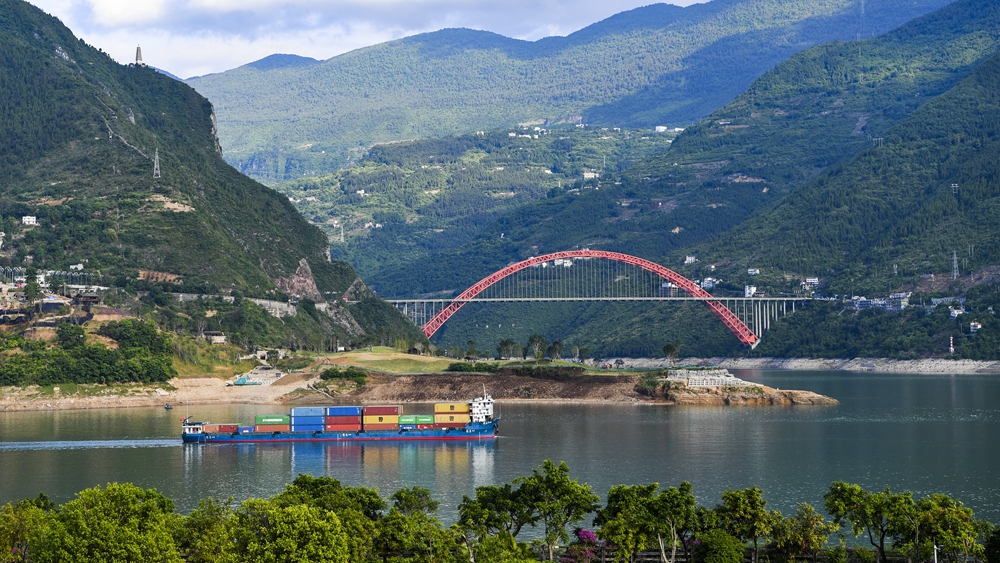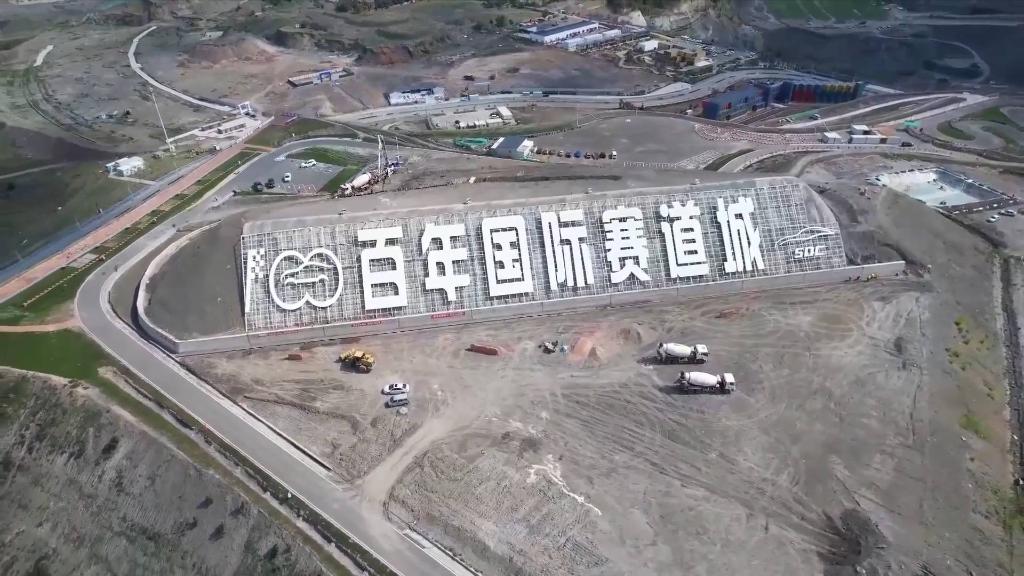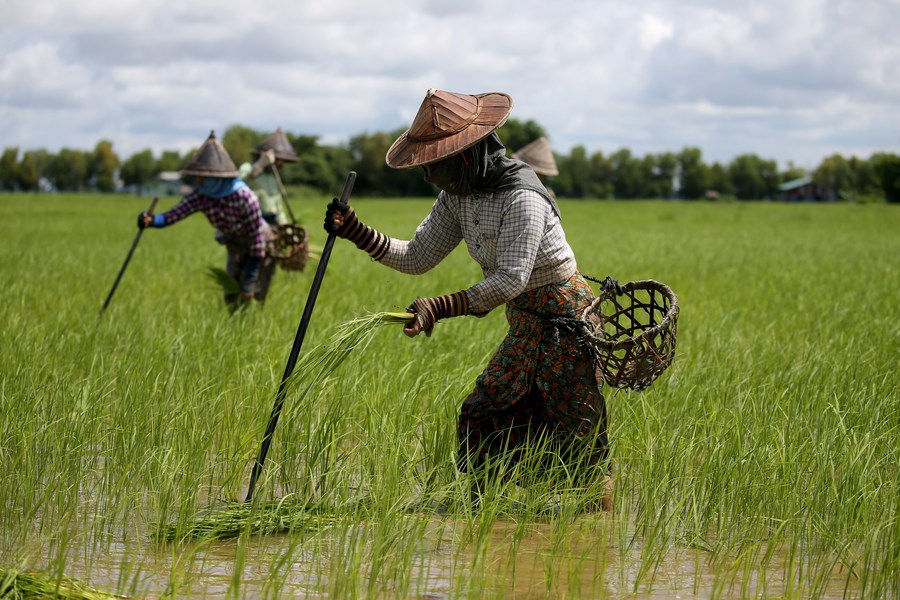
Farmers plant rice seedlings in fields on the outskirts of Yangon, Myanmar, Aug. 1, 2020. (Xinhua/U Aung)
Two years ago, before COVID-19, a 50-kg sack of fertilizer costs about 20,000 kyats (11 U.S. dollars). The price is already more than 60,000 kyats and the increases show no sign of abating.
The costs have already been incurred and what the farmers need is to be paid more for their harvest, by whatever means possible.
YANGON, June 3 (Xinhua) -- In 30 years farming rice in Myanmar's Ayeyarwady Region, Nyo Win has seen plenty of tough times. But, with costs rising every day following a poor harvest, his current woes feel like most momentous hardships yet.
The prices of fertilizer and diesel, mainstays of rice cultivation, have never been higher in the area.
A father of four, Nyo told Xinhua that he has scarcely made any money at all this year. In March, farmers were forced to leave their paddies to rot, destroyed by a tropical storm, an increasingly common phenomenon in the region since Cyclone Nargis made the headlines in 2008.
Two years ago, before COVID-19, a 50-kg sack of fertilizer costs about 20,000 kyats (11 U.S. dollars). The price is already more than 60,000 kyats and the increases show no sign of abating. "The situation now is very hard for us. I don't know how long this will go on," Nyo told Xinhua.
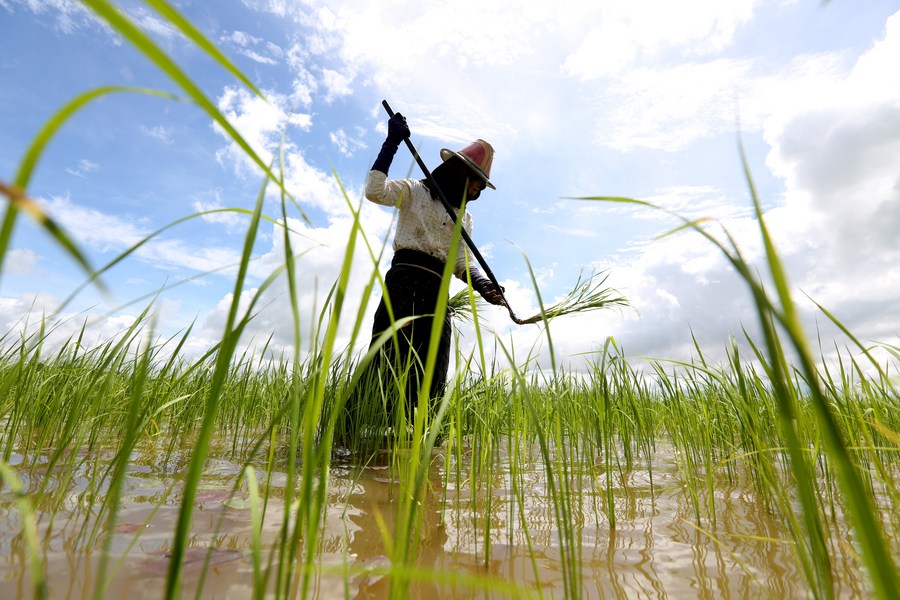
A farmer plants rice seedlings in fields on the outskirts of Yangon, Myanmar, Aug. 1, 2020. (Xinhua/U Aung)
Farmer Tint Lwin is in the same situation. He had to cut his fertilizer use by half. "My costs are constantly rising. I hope that in reducing the use of fertilizers, my paddy will still be able to compete. For sure, my next harvest is set to drop," he said.
The government's answer is that farmers should make much better use of domestically produced organic fertilizers, and spend less on imported chemicals.
The farmers themselves do not see this as any kind of a solution to their problems. The costs have already been incurred and what they need is to be paid more for their harvest, by whatever means possible.
Aung Thu, another farmer in his early 30s, told Xinhua that prices of all commodities are rising. "A barrel of diesel that was about 90,000 kyats two years ago is nearly 400,000 kyats today," he said. "Farmers are really struggling and things are only getting worse."
About 70 percent of the Myanmar people live in rural areas and depend on agriculture. In 2019-2020, agriculture provided 38 percent of the country's exports. ■


